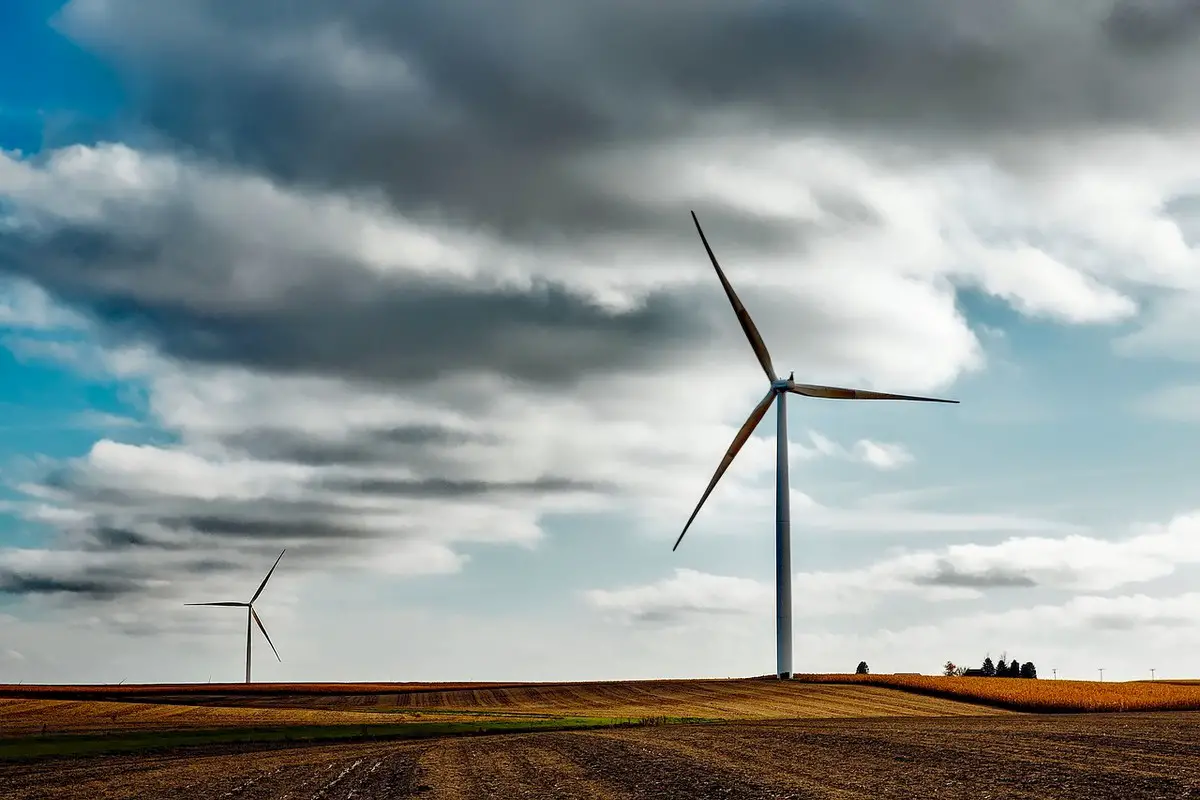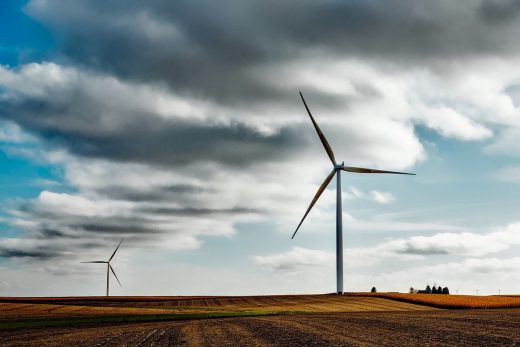Architecture Resources, Architectural Materials, Building Transition
Architectural Energy Depletion : Managing Transition
Architecture Discussion by Ian K Whittaker
3 Jul 2012
Architecture & Energy Depletion
Managing Transition Article by Ian K Whittaker
Towards an Architecture without Manufacturing
There is one problem that will affect everyone in the World.
The age of cheap energy will decline after the year 2020.
From 2020 the world wide oil supply will reduce.
Parallel to this reduction in oil supply will be a reduction, year by year, in our society’s ability to extract, manufacture, transport, communicate, sell and purchase resources at previous economic levels.
Consumer goods based on petroleum bi-products will become scarce and then unavailable.
Architecture must produce new solutions to these changes.
Here is a sequence of transitions.
Transition 1 2012 to 2030
Existing buildings will be retained and retro-fitted with new energy sources.
They will be maintained until manufactured, replacement materials are no longer available.
They will be habitable until energy grids are cut back to local areas.
They will be used until population migration to new resources occurs.
The existing building stock will then be retro-stripped for materials to extend the lifespan of other local, properties.
This has a secondary effect on the value of the properties in each area. Re-sale of property will include retro-stripping as an alternative to demolition.
When retro-stripping and re-fitting no longer meets planning and building control requirements and manufactured replacement materials are no longer available then partial demolition of a property will be considered to remove the element that cannot be maintained.
This has a secondary effect on the value of the properties in each area and reduces the ability to increase population density locally.
Re-sale of property will include partial demolition as an alternative to full demolition.
When partial demolition cannot be carried out full demolition will need to be implemented.
The resale of the site as a building plot will become less of an option as oil resources decline since manufacturing, transport and construction will not be economically or resource viable.
After demolition of property the land will be left to return to agricultural use to allow it to become a resource area for the remaining properties. Identical agricultural resource areas will also be set up outside the initial settlements.
Agricultural in the post 2020 Peak Oil stage will not only allow for food and water but also for energy, production, water treatment, sewage treatment, arboriculture, aquaculture, herb culture, air treatment, bio-fuel production, communication production, horse and pony production, cattle and sheep stations, chicken and aviary stations.
This transition process will apply to all settlements, commercial areas, business parks, hygiene and health networks, retail parts, transport networks, power and sanitation grids in the United Kingdom.
Architecture will need to be the organizer of this process of re-settlement.
Transition 2 2030 – 2050
Populations will gradually migrate to within walking distance of the dominating resources of each settlement.
As industry and business reduce in scale manual craft and trade areas will be developed around the resource locations.
Once the population reaches the maximum for sustainable by local resources a second outward migration from the settlements will occur to secondary resource locations.
Out of these new settlements will come a new form of single storey, flat roof, glass envelope, open plan, compact volume, passively heated and ventilated, naturally lit, minimal construction, photovoltaic powered, water recycling, sewage recycling, food producing, health controlling, teaching, defending, self-contained, croft building that is manually constructed by the craft trained settlers.
Approaching the dwelling the visitor passes through an environmental earth bund to alter the microclimate around the building, act as animal enclosure and also a defensive bund.
The compact form of the dwelling is controlled in height by a minimal sun angle of 30 degrees and a maximum sun angle of sixty degrees.
The four entrances to the dwelling are orientated North, South, East and West.
They are simple full height doors in the glass envelope, Next to the entrance is a wet wood collection store.
The interior spaces are not separated by walls but by furniture and storage.
The storage acts as a thermal partition and also a display area.
The spaces, using current terms, are
– a soft furnished living area, orientated south to take advantage of solar gain.
– a central dining area orientated east west to take advantage of natural light and also north south.
– a central kitchen was up area.
– a central wood burning stove that assists the passive heating of the building and also provides hot water.
– north of the kitchen are dry wood stores, a utility area, dry winter food stores, a pantry and larder for food storage.
– To the west of the kitchen are bedrooms, separated from the main house area by clothes storage areas.
– bathrooms are be located off the bedroom areas and close to the kitchen areas.
– bathrooms will be top lit to utilize natural lighting and ventilation.
– Sanitary fittings will reduce in size. Baths will be replaced by sit in showers to reduce water consumption and use minimal energy. Wash basins will reduce in size. Showers will be solar powered.
– Soft furnishings will be locally manufactured.
– They will be used in the dwelling to retain heat.
– Fittings, including the wood burning stove are made of recycled metals.
– External materials used in the dwelling are glass envelope, timber framing, wood cladding, brick, compacted earth sub-base.
Passing out of one of the four doors the visitor can access any part of the outer enclosure.
The roof of the dwelling is a garden area to replace that lost by the placing of the dwelling on the land. The roof build up is earth over sand, over gravel, over charcoal, over planked roof deck, as in a ships hull.
The roof acts as a water collection, filtering, and recycling area linked to an external water storage and secondary filtering store at the boundary on the east of the croft.
The sewage from the dwelling is piped out to a bio-gas plant on the north of the dwelling.
This includes a slurry tank, digester, gas holder, outlet tank, compost tank, secondary digester, gas holder, and outlets to aeration tanks on the boundary of the croft. The final output of the aeration tanks is spread into allotment plots in a rotational sequence over a six month period before being acceptable as a growing medium.
The main garden is on the roof to allow for clean air and water filtration. Internal materials used in the dwelling are timber.
The Post 2020 dwelling will be constructed for at least 3 generations of occupiers and increasing multiple occupancy levels to allow for population growth.
These settlement crofts will be able to recycle anything they extract back into a natural resource form.
They will retro-strip the original settlement areas for materials.
The process or retro-fitting and then retro-stripping of all cities, towns, villages, business parks, retail parts, transport networks, power and sanitation grids in the original settlement areas will continue until the original forms of our cities, towns and villages are re-established around viable resources.
Transition 3 2050 onwards.
The original resource areas will eventually become depleted and the original settlements will be transformed into croft areas at the same density as the established outer areas.
Each croft will support a group at first, then a single family as other croft areas are developed.
The form of the United Kingdom around 2050 is for all areas to be self-sustaining croft areas all within walking distance of each other.
Each settlement will develop its own forms of local vernacular architecture. The 2050 population of the United Kingdom approx. 77,000,000 will be housed in approx. 7000 settlements; the same number of settlements that currently exist in the United Kingdom; but in a relocated and recycled form.
This gives a population of approx 11,000 – 12,000 people in each settlement. The settlements dimensions will be based on one hour maximum walking distance. This provides for 12 square miles of area, 31 square kilometers for each settlement.
This allows for 0.0026 sq km per person, 2600 sq metres. Just over half an acre.
This allows for an area of 60 m diameter.
This allows for a walking time across each croft of about 5 minutes.
This allows for a visible link from the central dwelling to anywhere on the boundary.
This is within human voice communication range.
This area of land allows for the range of agricultural uses.
It could be a series of allotments of 125-250m2.
It could be a smallholding suitable for rearing livestock, approx. 202m2 and above.
It could be used for growing wheat sufficient for one years bread supply for a family of four of approx. 300 m2.
It is used for energyproduction, water treatment, sewage treatment, arboriculture, aquaculture, herb culture, air treatment, bio-fuel production, communication production, horse and pony production, cattle and sheep stations, chicken and aviary stations.
The dwelling in the middle occupies a minimum of 15m2 for a single person to a couple and can increase in size up to the current United Kingdom house size of 75m2.
It is envisaged that the final house, allowing for multiple generations and potential shared occupancy would be 100m2.
The United Kingdom will then be able to adapt to future resource depletion as each of the resources and elements of the earth reach a Peak resource availability point but are still needed by an increasing population.
Article by Ian K Whittaker
Another Architecture Discussion by Ian K Whittaker:
Architectural Materials Depletion
Architectural Articles – Selection
Resisting Boredom : article by Joyce Hwang. 25 Jan 2011
Placebo Architecture : article by Karolina Szynalska – 27 Sep 2011
Architecture Narrative : article by Trevor Tucker. 24 Aug 2010
Nature Architecture : article by Trevor Tucker. 15 Sep 2009
Sustainable Buildings – Building Issues : article by Adrian Welch
Comments / photos for the Architecture Energy, Managing Transition – Architectural Resources Article page welcome






